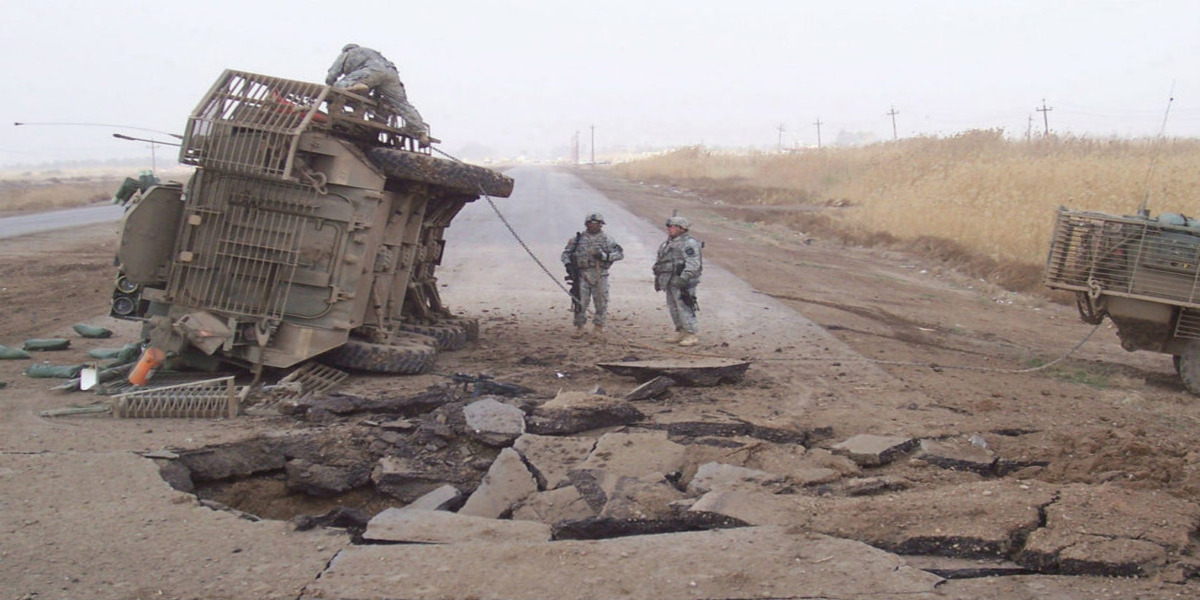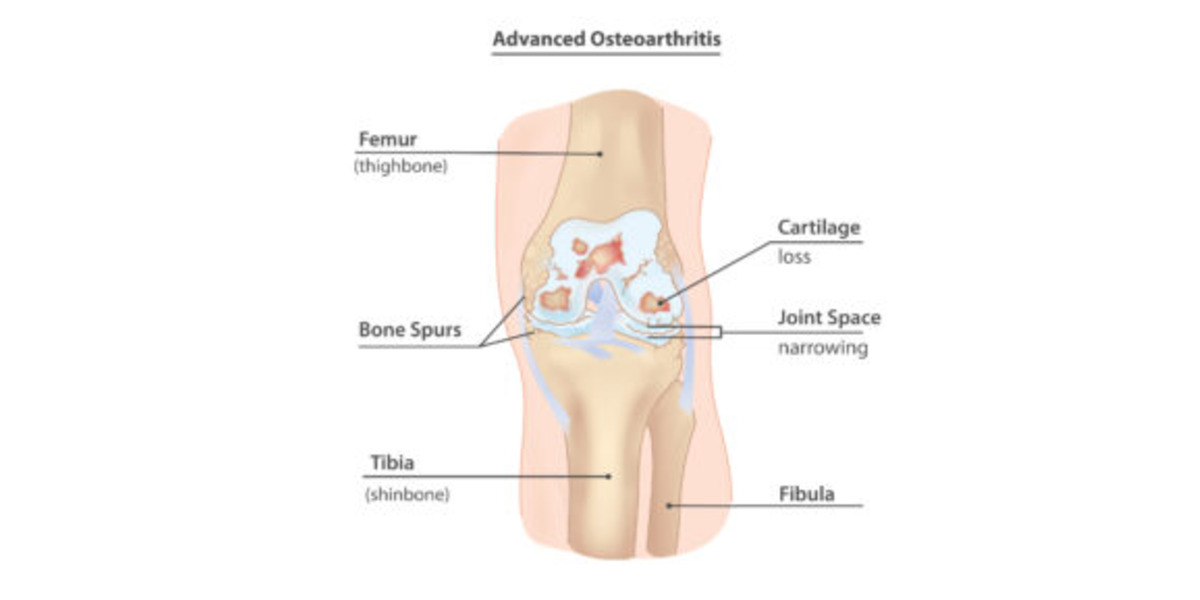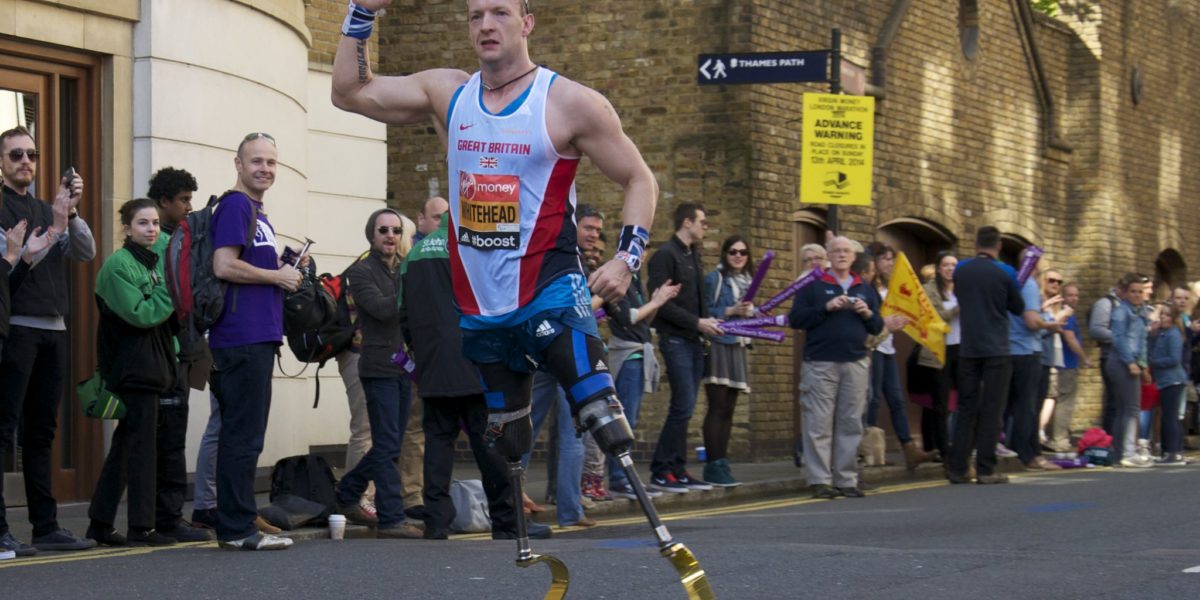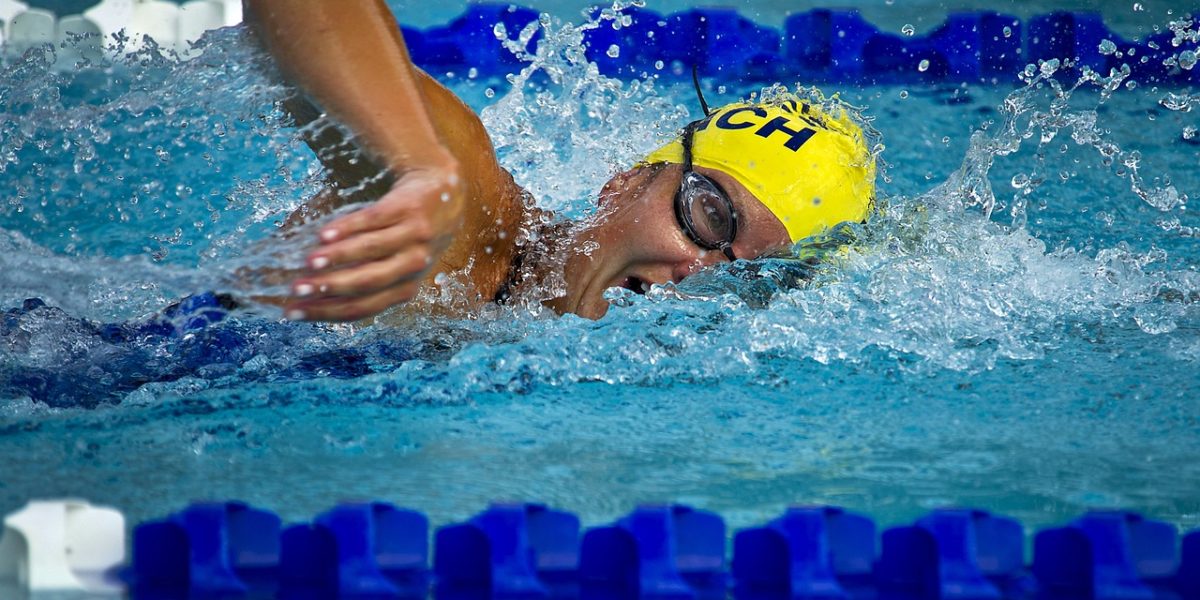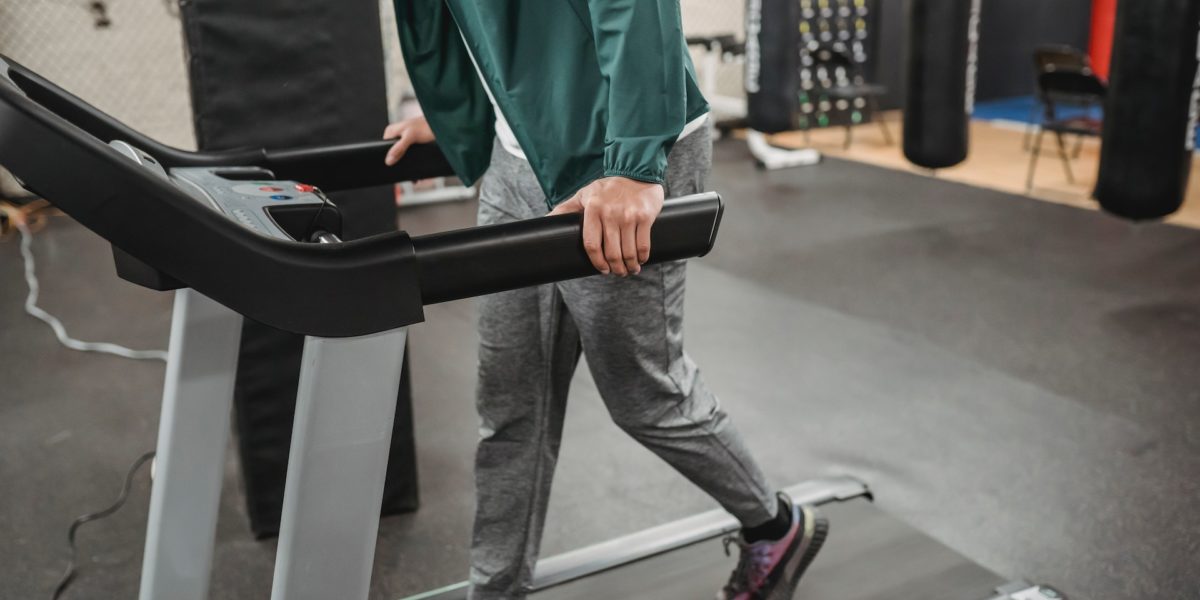Since World War 2, The use of antipersonnel mines (APMs) have been a key factor in a nation’s military success. The most recent iteration of the APM is the improvised explosive device (IED) often seen in the Global War on Terror (GWOT), utilized by terrorist and guerrilla groups that do not have the manufacturing capabilities of an established military. IEDs have been proven to cause greater damage to their victims than conventional APMs, and the often resulting amputations call for a much more complicated rehabilitation process for service members.
Continue reading “IEDs in the Global War on Terror: A Long Road to Recovery”Tag: disability
From Strain to Pain: Role of Altered Loadings at Joints as Onset for Osteoarthritis (OA)
Featured image courtesy of InjuryMap.
Joint degenerative diseases, such as Osteoarthritis, are an increasing cause of pain and disability in millions of people worldwide, per Sanchez-Adams et. al. As a culture of intense, nonstop work is promoted, people incline to not give their bodies enough time to rest, which has increased the cases of joint injuries, especially those to the lower body; specifically in those populations that are exposed to high intensity physical activity. This is concerning, since it has been discovered that joint injuries provoke an alteration in how these joints distribute loads, drifting from their physiological, or typical/natural, behavior, as demonstrated by Ko et. al. Consequently, this affects the biological response of the bone and cartilage that compose that affected joint, leading to potential degeneration due to the altered mechanotransduction (interpretation of mechanical signals to biochemical ones) interactions of the cell and cartilage forming cells, osteocytes and chondrocytes. This degeneration is what characterizes the concerning and debilitating Osteoarthritis (OA). This leads us to our questions: Why does the altered loading affect my joints? If I suffer an injury, can I prevent the degeneration of my joints and live a long, healthy life?
Continue ReadingThe Present and Future Implications of Advanced Prosthetic Limbs in Sports
In this podcast, my guests and I get into detailed discussion and debate on prosthetic limb use in modern-day, and future Paralympic and Olympic sport. We discuss the intricacies of the biomechanics of these devices, and we have ethical discussions as to what should and should not be allowed in sport. Furthermore, we expand our discussion to neurological implants, and their connection to advanced prosthetic limbs, finishing with a discussion of the implications of these devices to the future of society.
Swimming is not a Drag with Dr. Carl Payton
Today on Biomechanics in the Wild, we will be talking with Dr. Carl Payton, a Professor of Sports Biomechanics at Manchester Metropolitan University in Manchester, England. He researches the movement of paraswimmers and is currently working with a team to develop a new classification system for the International Paralympics Committee. He also serves as a support scientist for Great Britain’s Olympic and Paralympic swimming teams.
Paraswimmers are allocated different classifications depending on their disability. Swimmers with a motor coordination, mobility, or limb deficiency are split into rankings S1 through S10, with S10 being those swimmers with the least level of impairment. Swimmers with a visual impairment (S11-S13) or a intellectual disability (S14) are also split into different classes. The goal of this system is to allow the swimmers to compete with swimmers of a similar ability level, to create a level competition field.
Biomechanics: a Key Factor in Rehabilitation of Neurological Diseases
In the rapidly evolving modern world, technological advancements are allowing for more effective research and treatment of diseases, disorders, and injuries sustained by humans. One of the foremost areas of current research in the biomechanics field is that of its role in treatment and rehabilitation of neurological disorders such as amyotrophic lateral sclerosis (ALS) and multiple sclerosis (MS). According to the United Nations, as many as 1 billion people in the world live with neurological disorders. This post will focus mainly on how biomechanics can aid in the treatment and rehabilitation of ALS and MS.
Continue reading “Biomechanics: a Key Factor in Rehabilitation of Neurological Diseases”